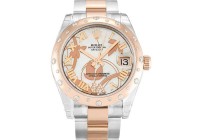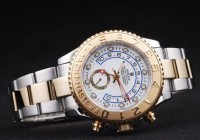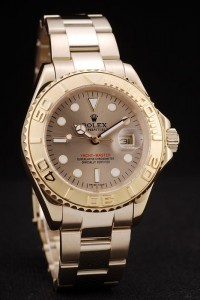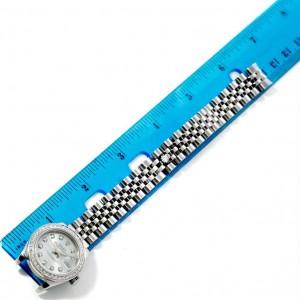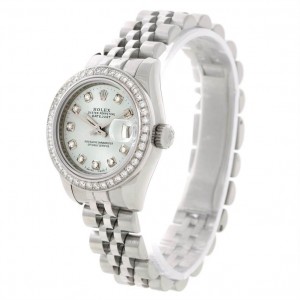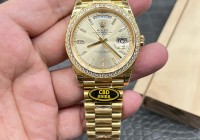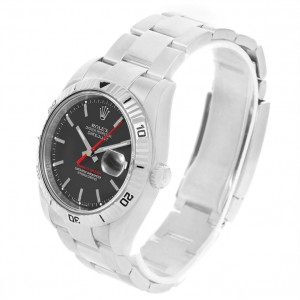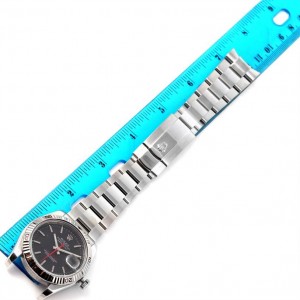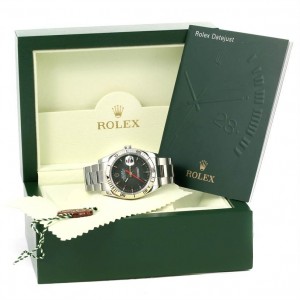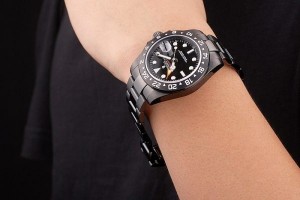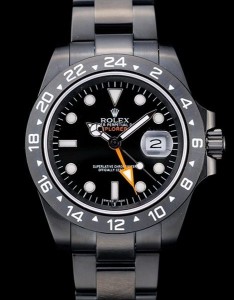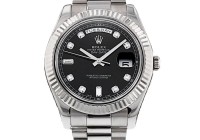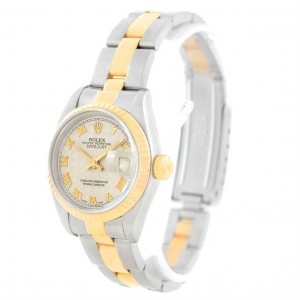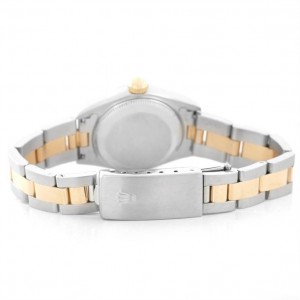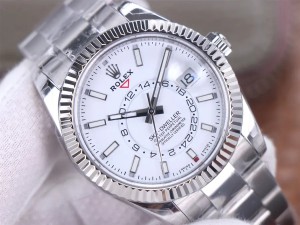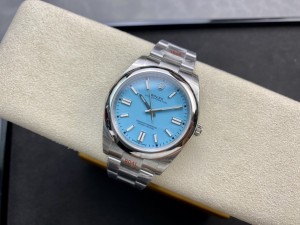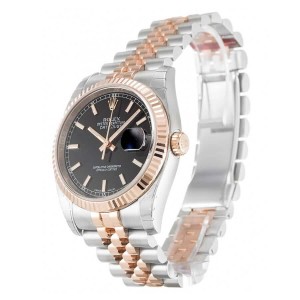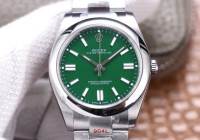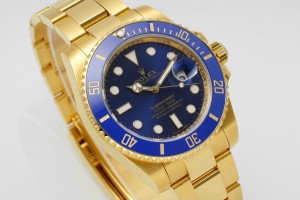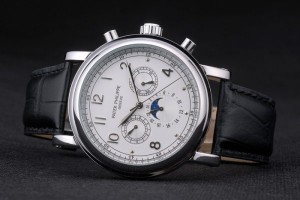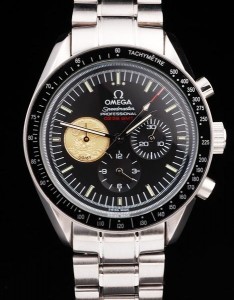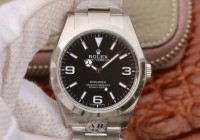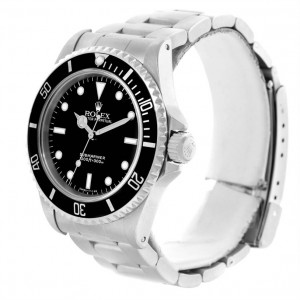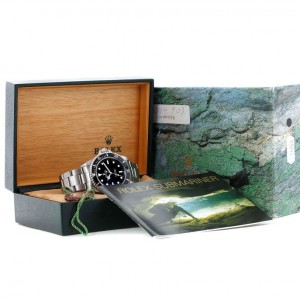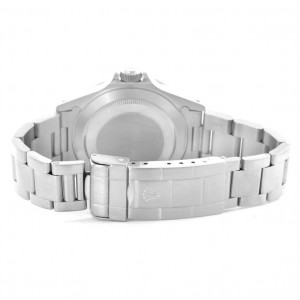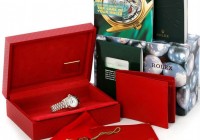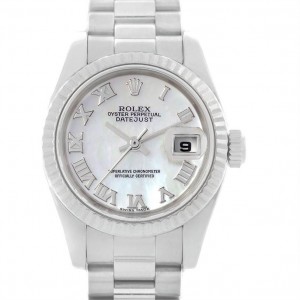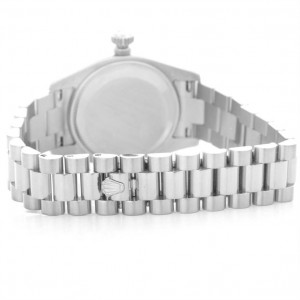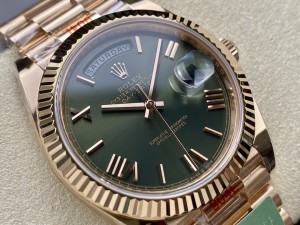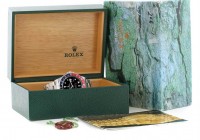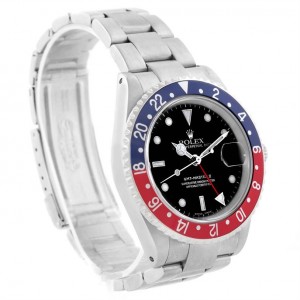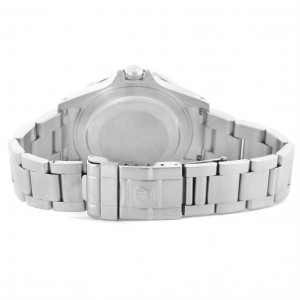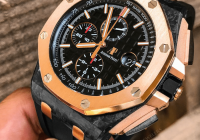The Hidden Cost of a Perfect Rolex Diminishes Value
While gleaming new components might initially captivate the eye, it is the untouched, authentic parts – bearing the subtle marks of age and history – that underpin a watch’s true worth. This core principle, however, stands in stark contrast to a decades-long practice systematically eroding the originality of countless vintage Rolexes. Ironically, this occurs under the banner of care, executed by Rolex itself through its authorized servicing network. 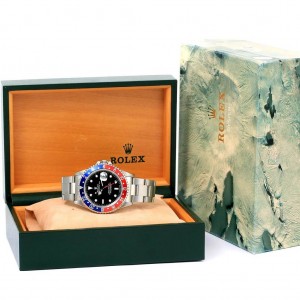
Rolex’s official stance, clearly articulated, emphasizes performance and appearance. Their recommendation is for owners to return watches approximately every decade to an Official Rolex Jeweler or Service Center. There, the watch undergoes complete disassembly and ultrasonic cleaning. Crucially, “each individual component is closely examined, and those that no longer meet Rolex’s functional and aesthetic specifications are replaced with genuine Rolex parts.”
This seemingly meticulous policy harbors a devastating consequence for vintage pieces. Rolex’s objective is to make every watch look and function as if it just left the factory, prioritizing “authentic” parts over original ones. For highly prized vintage models, where value resides in unique components, specific material characteristics, and the irreplaceable patina earned over decades, this standardized approach can be a death sentence. The most notorious casualty of this system is the “service dial.”
A service dial is simply a replacement dial installed by Rolex or an authorized center, typically after the original showed signs of wear, damage, or when Rolex transitioned luminous materials (from radioactive radium and tritium to safer Luminova and Super-LumiNova). Crucially, the original dial is not returned to the owner; Rolex deems it damaged goods. One can only imagine the dismay of an unwitting owner who sent in an ultra-rare watch boasting a uniquely faded “tropical” dial, only to receive it back looking unnaturally pristine – and significantly devalued in the eyes of serious collectors. 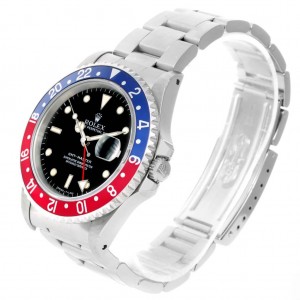

Identifying a service dial on a vintage replica Rolex requires a discerning eye. Differences from the original specifications can be subtle or surprisingly apparent, varying by model and era. These discrepancies are particularly critical on long-production sports watches like the GMT-Master 1675 (1959-1980) or the Submariner 1680 (1967-1980). For instance, a Submariner 1680 returning from service might feature a dial with modern Super-LumiNova lume – which remains starkly white and resists developing patina – instead of the original, aging tritium. It might also lack the specific “SWISS T < 25” marking at the dial’s bottom, a telltale indicator of the original tritium usage.
The collector’s perspective delves even deeper, distinguishing between a service dial and a “service-only” dial. A specific dial variant produced in a given year might appear as the original factory part in one watch but be found as a service replacement in another. Conversely, “service-only” dials were never fitted at the factory; they were created exclusively for replacement during servicing. The type of service-only dial depends on the service date, leading to tritium, Luminova, or Super-LumiNova service dials for models like the Submariner 1675. 
Having produced these service dials, the company often treats them as equivalents to originals. This is evident in their recent official publications, such as the Submariner history book, which features numerous service dials without distinction, a sight that often unsettles dedicated purists. The knowledge of Rolex’s service practices empowers owners to make informed decisions. If a watch is destined to remain a personal treasure, its restored condition matters only to the wearer. However, for those attuned to the nuances of history, originality, and the collector market, sending a vintage Rolex for an authorized service carries a significant, often hidden, risk: the irreversible loss of the very elements that made it valuable and unique.
